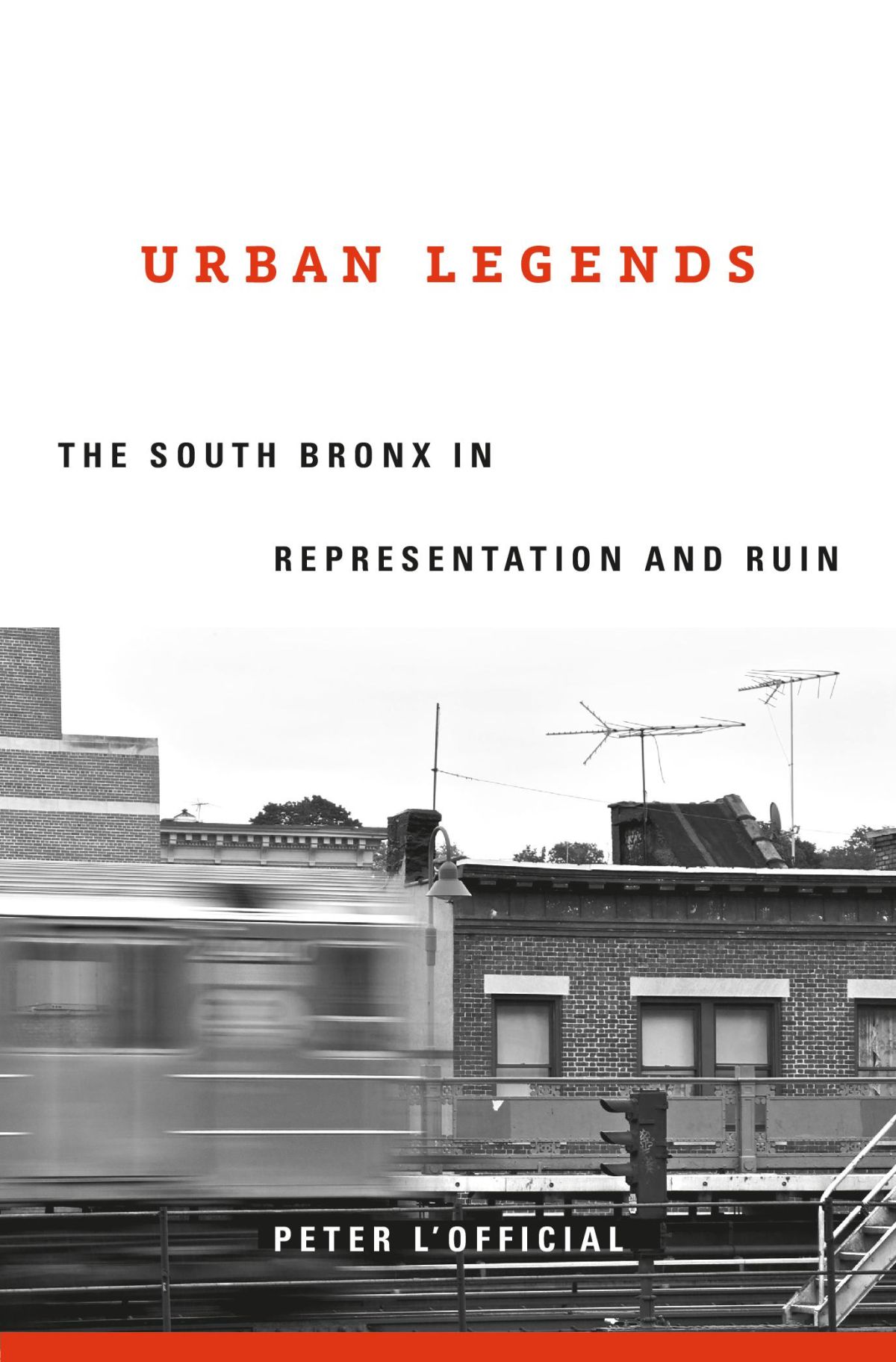In the wake of its most difficult days in the 1970s and 1980s, the Bronx has been hard to “see” clearly beneath the layers of myth, stereotype, and urban legend stoked by its many representations throughout popular culture. That one of the Bronx’s originating myths—Howard Cosell’s apocryphal “Bronx is burning” call—would later be used to drum up investment in luxury real-estate development offers an irony so astonishing that surely not even the bombastic sports broadcaster could have imagined what his quite-literally-legendary quote could trigger.
The Bronx of today has largely grown beyond these iconic remnants of its past. A visit to the suburban enclave of Charlotte Gardens in the early 1990s would have confirmed this—and, now, a walk through a Mott Haven or Port Morris that is filled with art galleries, subway-tiled coffee shops pulling shots of espresso, and locally-owned stores selling Bronx-branded merchandise offers an entirely new definition of “urban renewal.”
A clothing line like Bronx Native, which takes as its central icon and logo the familiar visage of an abandoned building, aims to reclaim “the lone tenement” and reinvest it with a sense of pride, in the manner of Latin jazz innovator Jerry González reinvesting “Fort Apache” with new meaning.The specter of the 1970s and 1980s lingers, but it is now the shadow of gentrification that is creeping northward from Manhattan.
Parties in poor taste pale in comparison to the threat of displacement. Out of New York City’s 59 community districts, the Bronx is home to six of the top ten community districts facing the biggest threats of displacement in the city. Out of these, Community Board 5, which covers the University Heights and Fordham neighborhoods of the borough—where I grew up—faces the biggest threat of displacement in New York City. And for the past year, I have watched outside of my living room window as a pair of 25-story luxury towers rise just south of Metro-North Railroad’s Park Avenue bridge.
That project sits directly north of the two parcels of land being developed by the real estate firm behind the “Macabre Suite” party. The South Bronx waterfront, once entirely industrial, will soon appear as nearly indistinguishable from the newly built-up shorelines of Williamsburg, Brooklyn, or Long Island City and Astoria, Queens, all of which now feature packed enclaves of steel- and glass-clad residential towers. Once completed, these new, upscale Bronx towers will call the poorest congressional district in the nation home.
Will the South Bronx live on film, as it did, to varying degrees of exploitation, excess, and lunatic excellence, in the 1980s and 1990s?
